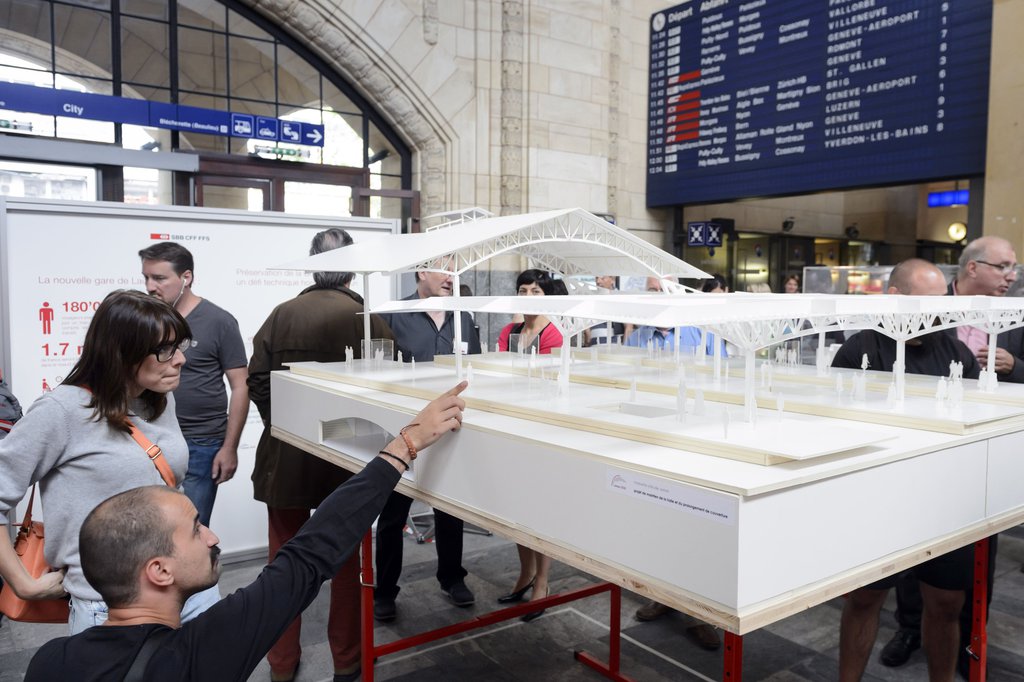Participation in Transport Projects
News, Space, Transport | Nov. 5, 2014

Participation means being able to contribute and taking part in shaping and decision-making. Participation is a very common formula in our democratic system and it has also become considerably more important in the realisation of transport projects. As part of the research project SVI 2004/005 of the Swiss Association of Traffic Engineers SVI, INFRAS, together with ecoptima and kcw have developed a manual «Participation in Transport Projects».
